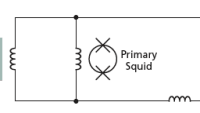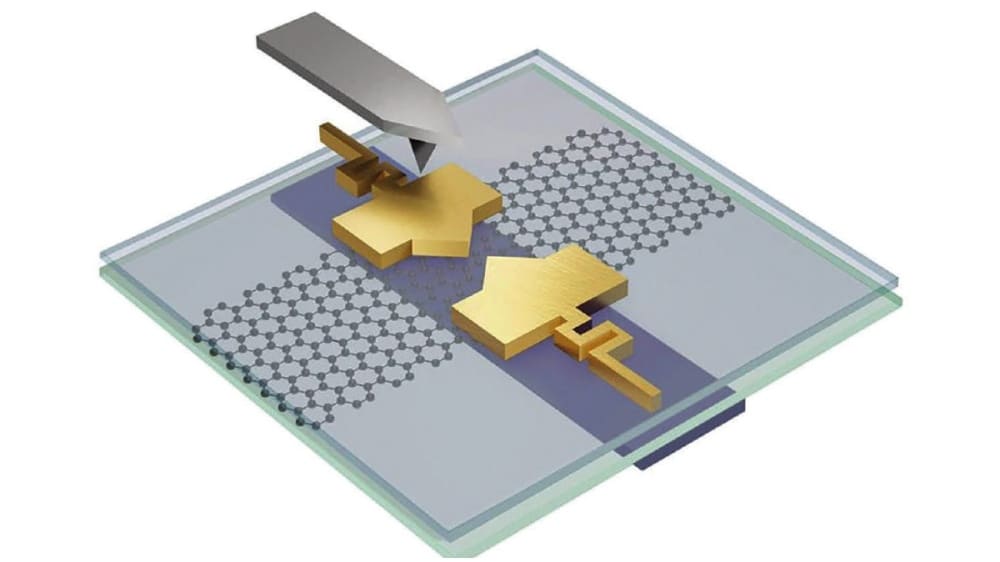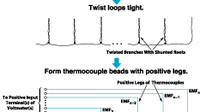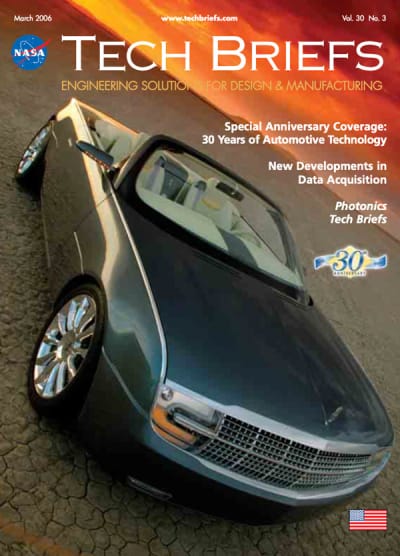A straightforward measurement technique provides for correction of thermal-electromotive- force (thermal-EMF) errors introduced by temperature gradients along the pins of non-thermocouple- alloy hermetic feedthrough connectors for thermocouple extension wires that must pass through bulkheads. This technique is an alternative to the traditional technique in which the thermal-EMF errors are eliminated by use of custom-made multipin hermetic feedthrough connectors that contain pins made of the same alloys as those of the thermocouple extension wires.
One disadvantage of the traditional technique is that it is expensive and time-consuming to fabricate multipin custom thermocouple connectors. In addition, the thermocouple-alloy pins in these connectors tend to corrode easily and/or tend to be less rugged compared to the non-thermocouple-alloy pins of ordinary connectors. As the number of thermocouples (and thus pins) is increased in a given setup, the magnitude of these disadvantages increases accordingly.
The present technique is implemented by means of a little additional hardware and software, the cost of which is more than offset by the savings incurred through the use of ordinary instead of thermocouple connectors. The figure schematically depicts a typical measurement setup to which the technique is applied. The additional hardware includes an isothermal block (made of copper) instrumented with a reference thermocouple and a compensation thermocouple. The reference thermocouple is connected to an external data acquisition system (DAS) through a two-pin thermocouple alloy hermetic feedthrough connector, but this is the only such connector in the apparatus. The compensation thermocouple is connected to the DAS through two pins of the same ordinary multipin connector that connects the measurement thermocouples to the DAS.
It is assumed that all the pins in the ordinary connector, including those for the compensation thermocouple, are subjected to the same temperature gradient. To ensure this, the extension wires of the compensation thermocouple must be routed close to those of the measurement thermocouple for distance on the order of a meter on both sides of the bulkhead and connector.
The thermal-EMF error manifests itself as an offset potential, VO, having the same value in all the thermocouple channels passing through the ordinary connector. Hence, the offset potential is present in the compensation-thermocouple channel. However, the offset potential is not present in the reference- thermocouple channel because this channel contains the thermocouple-alloy connector. Because the compensation and reference thermocouples are at the same temperature (the temperature of the isothermal block), the offset potential can be found through subtraction of the voltages in the compensation and reference channels:
VO = VB - VR
where VB is the uncorrected voltage in the compensation channel and VR is the voltage in the reference channel. It is worthwhile to note that although these thermocouple voltage readings from the block are used to calculate VO, the block temperature need not be known explicitly; hence, no attempt is made to determine it.
The DAS software performs the thermal-EMF correction by simply subtracting the offset potential from the voltage in each measurement-thermocouple channel. The corrected voltage is then used to calculate the temperature of the thermocouple in the standard manner, by use of a voltage-to-temperature conversion polynomial for the particular thermocouple type and reference junction temperature.
This work was done by Robert A. Ziemke of Glenn Research Center. For further information, access the Technical Support Package (TSP) free on-line at www.techbriefs.com/tsp under the Physical Sciences category.
Inquiries concerning rights for the commercial use of this invention should be addressed to:
NASA Glenn Research Center
Commercial Technology Office
Attn: Steve Fedor
Mail Stop 4-8
21000 Brookpark Road
Cleveland, Ohio 44135
Refer to LEW-17491-1.






















